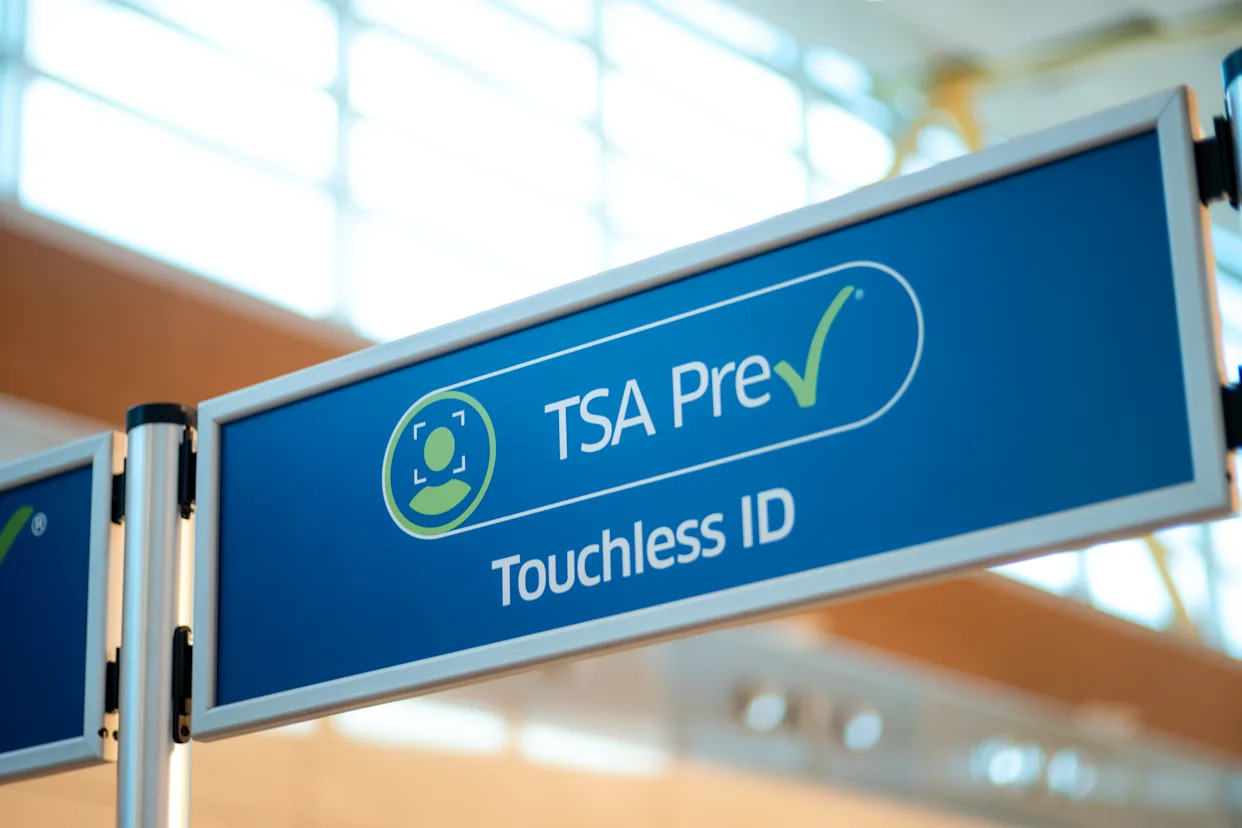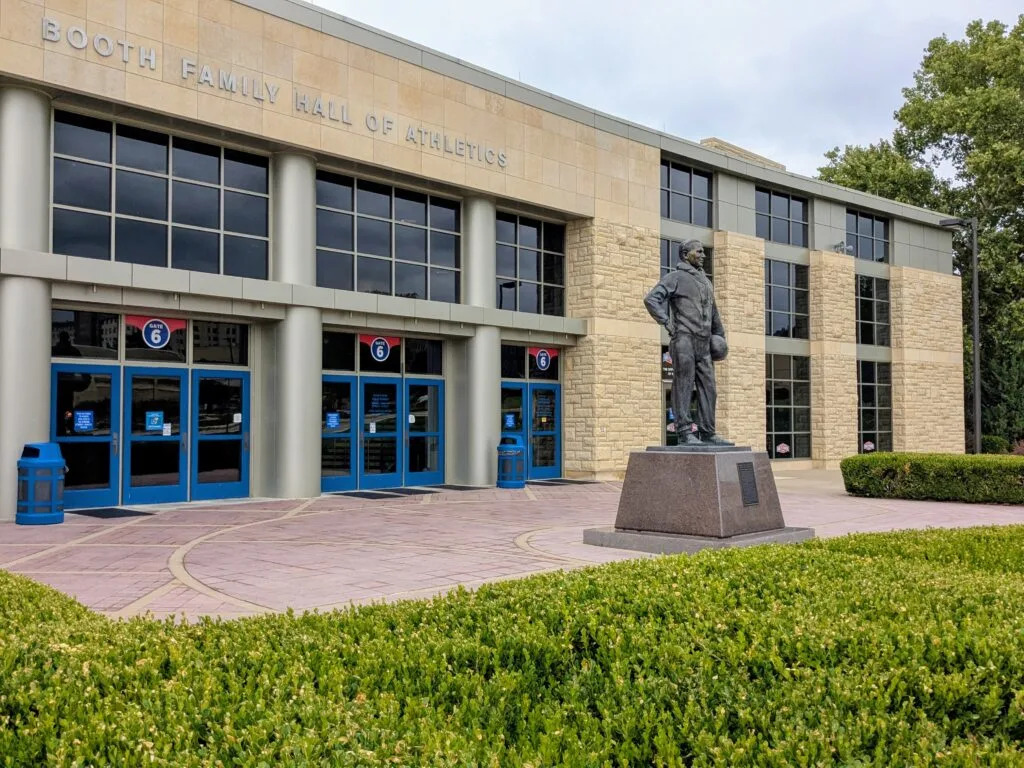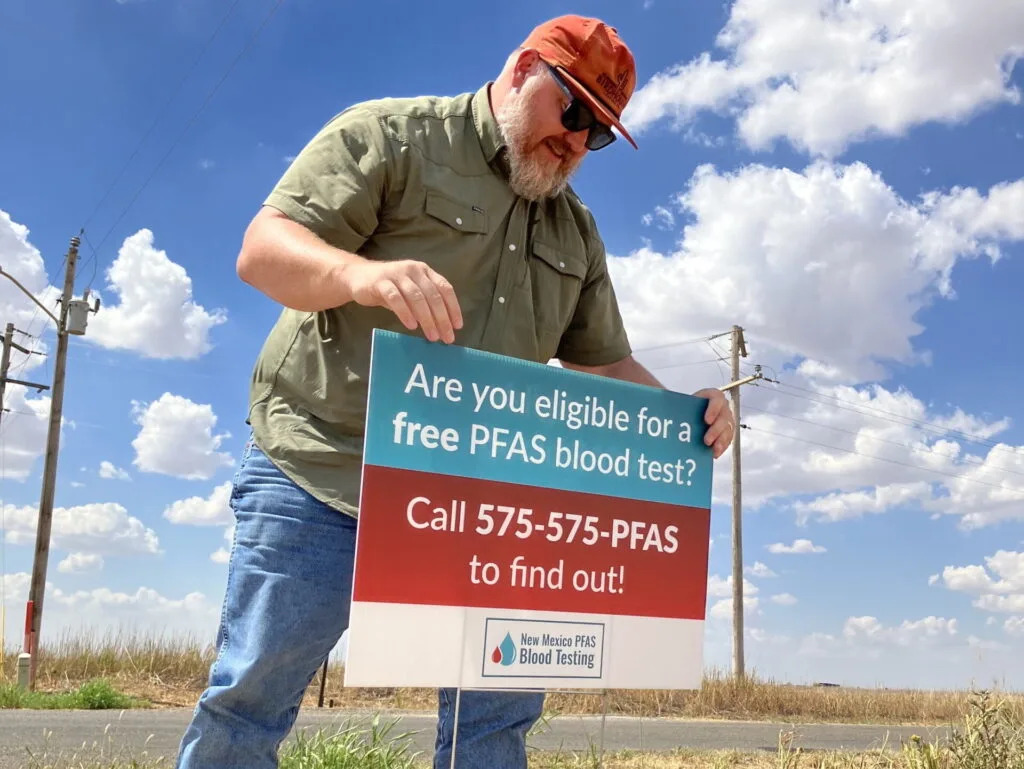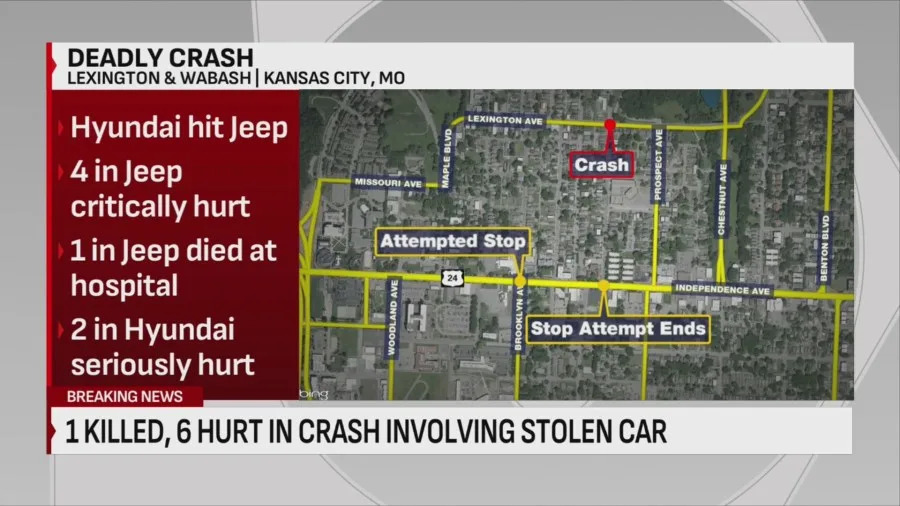
CORRECTION: An earlier version of this article misstated the location of the initial TSA PreCheck Touchless ID trial. The agency launched the first iteration of the program in partnership with Delta at Hartsfield-Jackson International Airport, not Dallas-Fort Worth International. Originally moved Aug. 12.
- - -
With TSA PreCheck lines rivaling those of the regular security, travelers had lamented that the premium program had gotten too popular and too slow. (Last year, the program reached a record 20 million members.) Then, this July, the Department of Homeland Security announced that travelers can keep their shoes on when going through airport security - a privilege that once set apart PreCheck members.
If the lines are just as long and there’s no shoe perks, is PreCheck still worth it?
Enter: TSA PreCheck Touchless ID, a separate lane from regular PreCheck that uses facial recognition to verify your identity at the airport. Instead of handing their IDs over to a Transportation Security Administration officer to verify their identity, travelers who opt in to the expedited security program instead pause to scan their face, then keep moving.
Critics worry that the data may be misused.
The TSA launched the first iteration of the program in partnership with Delta Air Lines at Hartsfield-Jackson Atlanta International Airport in 2021 and has been slowly rolling it out. It’s now available for four airlines across 15 airports. Eleven new airport locations are expected to launch soon.
Here’s what else to know about the program.
- - -
What is PreCheck Touchless ID?
It’s a voluntary program that promises enrolled travelers a faster airport security screening by way of “facial comparison technology.”
The TSA declined an interview request but said in an email that the initiative is a joint effort from U.S. Customs and Border Protection, airports and airlines that allows travelers “to move through dedicated lanes with ease, enjoying a smoother and more convenient airport experience.”
On a technical level, the program uses the CBP Traveler Verification Service to create “a secure biometric template of a passenger’s live facial image taken at the checkpoint and matches it against a gallery of templates of pre-staged photos that the passenger previously provided to the government (e.g., U.S. Passport or Visa),” the agency website said.
Travelers can opt out of the program at any time and use a standard ID verification instead.
- - -
Who is eligible to use it?
To use the lanes, fliers must be a current TSA PreCheck member with a valid Known Traveler Number and an active airline profile (such as being enrolled in a loyalty program). They must also have a valid passport uploaded to their airline profile.
- - -
Where is it available?
TSA PreCheck Touchless ID is available at:
Chicago O’Hare International Airport
Dallas-Fort Worth International Airport
Denver International Airport
Detroit Metropolitan Wayne County Airport
Harry Reid International Airport in Las Vegas
Hartsfield-Jackson Atlanta International Airport
John F. Kennedy International Airport
LaGuardia Airport
Los Angeles International Airport
Newark Liberty International Airport
Portland International Airport in Oregon
Ronald Reagan Washington National Airport
Salt Lake City International Airport
San Francisco International Airport
Seattle-Tacoma International Airport
Availability varies by airport and airline. For example, travelers at Hartsfield-Jackson in Atlanta can use it, but only if they are flying with participating airlines, including American, Delta, United and Alaska. It is available at San Francisco International, but only for United passengers.
- - -
How do you use it?
First you need to opt in. The process varies by airline, but you can generally find the prompt under a “travel documents” section (where you add your Known Traveler Number or passport details) of your airline loyalty program app or website.
American Airlines customers, for example, will find the opt-in choice toward the bottom of the “Information and password” page of their AAdvantage profile, while Alaska Airlines customers should go to their account settings, then click into the “travel documents” section.
Travelers must opt in ahead of check-in to use it; a TSA PreCheck Touchless ID symbol should then appear on their boarding pass. If the symbol is not on your boarding pass, you won’t be able to use the lane, even if you show an employee you are enrolled in the program.
At the airport, look for signs for TSA PreCheck Touchless ID and proceed with your marked boarding pass. Always bring your physical ID as backup.
- - -
Is it really faster?
It can be, for two reasons.
First: There is no slowdown to hand over and scan your ID; travelers must only pause during their walk through the line dividers before proceeding to the X-ray machines. Second: Because the program is new, requires signing up in advance and is not available for every airline, it’s getting a fraction of the traffic that regular security, Clear or PreCheck lanes are.
But the first time we tried using the program, the facial comparison machine was undergoing maintenance; the second, the TSA PreCheck Touchless ID symbol did not show up on our boarding pass, so we weren’t able to time the process. Other travelers have said it’s taken them seconds to get through.
- - -
Privacy concerns
The TSA is using more facial recognition at the airport, including in regular security lanes and CBP checks. This month, the CBP announced new biometric screenings for travelers entering the United States at Nashville International Airport.
The CBP says its Enhanced Passenger Processing involves taking a traveler’s photo using “auto capture technology” to simplify the inspection and adjudication process.
Travelers can also use biometric screenings to speed through Global Entry, using a CBP app.
Critics say facial recognition technology raises privacy concerns. There’s been bipartisan effort to put more guardrails on its use at airports.
In 2019, the Department of Homeland Security disclosed that photos of travelers were taken in a data breach, accessed through the network of one of its subcontractors, The Washington Post reported. (The TSA says its databases are encrypted).
A new Senate bill would allow officers to continue scanning travelers’ faces if they opt in, and it would ban the technology’s use for anything other than verifying people’s identities. It would also require the agency to immediately delete the scans once the check is complete.
You can opt out of any facial recognition at the airport by saying, “I’d prefer a standard ID check.”
TSA says that it does not use traveler images for law enforcement or surveillance and that it does not share them with “other entities.” The agency also says it deletes photos and personal data within 24 hours of scheduled flight departures. The TSA website’s FAQ section addresses some privacy concerns and claims that all data collected during facial comparison checks is protected.
But we do know that other government agencies are finding ways to repurpose people’s data. If you change your mind about TSA PreCheck Touchless ID, you can opt out at any time and ask for standard ID verification instead.
Related Content
D.C. residents react to Trump’s takeover of the city’s police force
Inside science labs trying to survive in the Trump era
He builds sand sculptures for joy. A huge carving of Crocs put him on the map.







Comments